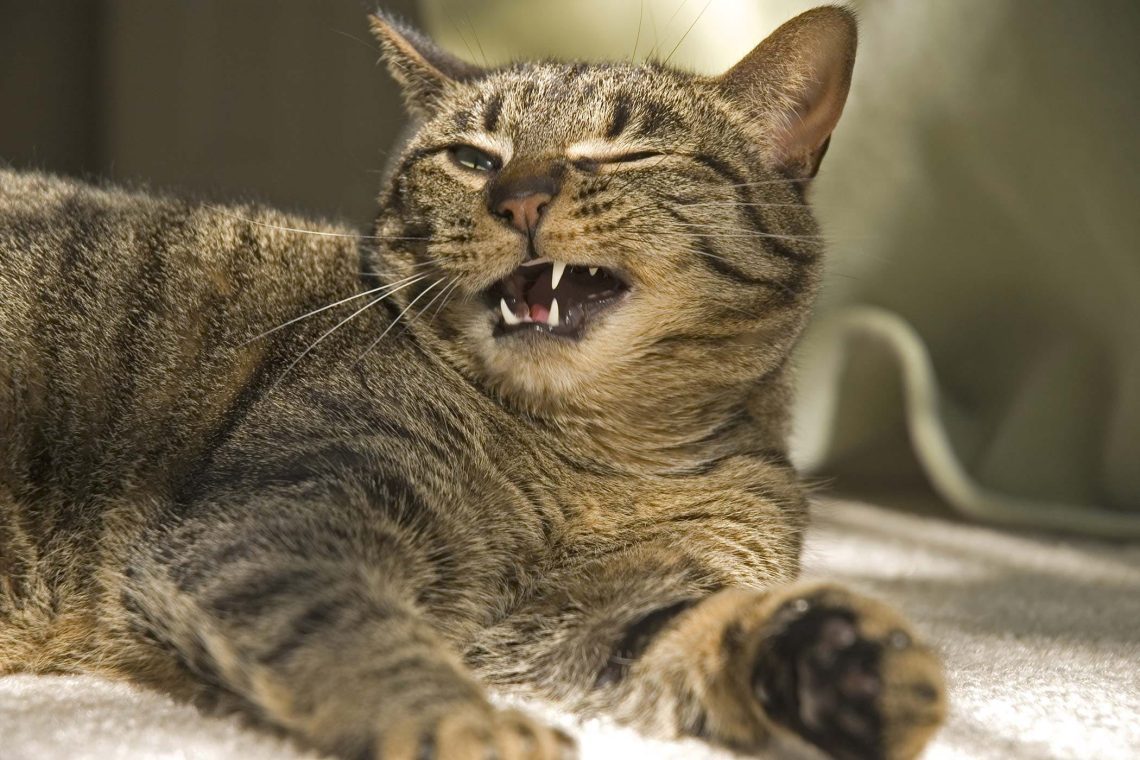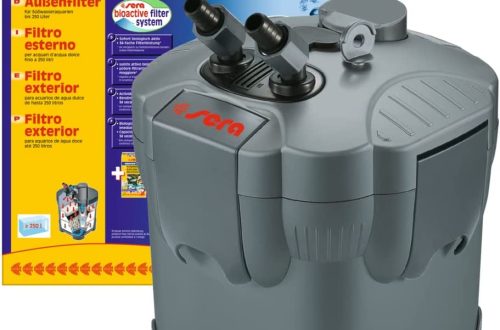
Pulmonary edema in cats: signs and causes, methods of diagnosis and treatment, disease prevention
Cats are quite tenacious and hardy animals. But, like all living beings, this pet is also sick. Diseases in animals, unfortunately, are also difficult. As without food, and without air, no one has yet learned to live. So a cat can have oxygen starvation, and in other words – pulmonary edema. The animal begins to suffocate and here self-medication will not help: you need to urgently consult a doctor. Such a disease is dangerous for any organism: for a person, for an animal. The most important thing is to have time to provide timely medical assistance. In order to understand at least a little what the essence of the disease is, you need to understand what pulmonary edema is.
Contents
What is pulmonary edema?
Pulmonary edema is a disease resulting from a decrease in the rate of lymph flow under the influence of venous pressure. As a result, the content of pulmonary fluid exceeds the norm and gas exchange is disturbed.
The disease is characterized by symptoms such as shortness of breath, wheezing and suffocation.
In terms of their structure, the lungs can be compared to a bunch of grapes, where each “grape” is connected by blood vessels and filled with air.
These “grapes” are called alveoli. When a cat inhales air alveoli are saturated with oxygen through the surrounding blood cells. During exhalation, the alveoli release carbon dioxide.
Pulmonary edema in cats occurs when the alveoli fill with fluid. Fluid displaces air leads to disruption of the normal supply of the lungs oxygen. As a result, oxygen starvation occurs.
Not only is the required amount of oxygen not enough, but also the accumulated carbon dioxide cannot come out.
Specific signs of pulmonary edema in cats
In order for our pet to be healthy, we must monitor his health. At the slightest symptoms of the disease, it is worth finding out what problem you will have to face and, if necessary, immediately contact the veterinarian.
Particular attention should be paid if the cat has recently undergone surgery under anesthesia. A healthy animal cannot have problems with anesthesia. But if the cat has a problem with the heart, then in this case anesthesia can give impetus to the development of pulmonary edema. It may not even show up right away, but there is a possibility of edema in the next couple of weeks after the operation.
There is no need to panic for any reason. If edema is suspected, at least two symptoms should be identified.
Symptoms of pulmonary edema in cats may include:
- the cat becomes lethargic, weakly active, stops responding to what used to cause her playfulness. This condition is directly related to the lack of oxygen. Any activity leads to shortness of breath;
- seems to be a silly expression: “a cat breathes like a dog.” In fact, this is an alarming signal, since breathing with an open mouth is not typical for cats. Perhaps you have seen how, after long active games, a cat sits with its mouth open. This happens, but not often and lasts from one to two minutes. Just the opposite happens when a cat is ill: it breathes through an open mouth, sticks out its tongue, wheezing and shortness of breath appear;
- shortness of breath is one of the symptoms of lung disease, as it immediately becomes clear that the cat is breathing somehow wrong. Normal breathing in cats with the chest and belly is the so-called chest-abdominal type of breathing. During illness, the animal breathes with its belly;
- heavy and irregular breathing is accompanied by wheezing. Wheezing also occurs during inflammatory processes in the pharynx or trachea, for example, with a cold. In the case of pulmonary edema in a cat, wheezing resembles a gurgling or gurgling. Fluid may also come out of the nose;
- coughing may occur during pulmonary edema. Of course cough is not an indicator with this type of disease, but if it has arisen, then this happens purely reflexively. The cat is having difficulty breathing and is trying to get rid of the accumulated fluid in the lungs. Cough may be accompanied by a large amount of sputum and even blood;
- The most pronounced symptom of the disease is cyanosis. Cyanosis is a bluish discoloration of the mucous membrane. Here, in a sick cat, due to a lack of oxygen, the mucous membrane and tongue are blue.
Causes of pulmonary edema
There are three causes of this disease in cats.
- In the case of heart disease or fast-acting intravenous infusions, there is an increase in pressure in the capillaries. The walls of the capillaries are broken and the liquid part of the blood flows into the lung.
- As a result of some diseases, oncotic pressure decreases, which depends on the amount of proteins in the capillaries and their ability to retain water. Water, with substances dissolved in it, is evenly distributed in tissues and blood. If the oncotic pressure decreases, then liquid can no longer be held inside the vessel (capillaries) and goes out, getting into the alveoli of the lung, causing edema.
- Pneumonia or intravascular coagulation can also break the protein protection of the capillaries and the fluid will pour out. This is due to an increase in the permeability of the membranes of capillaries and alveoli.
In addition to the above, we can highlight what also contributes to the development of pulmonary edema in a cat:
- the cat could stumble upon a bare electrical wire somewhere and get an electric shock;
- although felines love warmth, it still there is a risk of heat stroke (in hot weather in a closed car, in an unventilated room in the heat);
- if, for example, there was a fall from a great height and the cat received a head injury (traumatic brain injury);
- it happens that the owners take the animal with them to the dacha, where in games the cat can accidentally stumble upon a snake and get a bite.
Considering all the causes and factors, it is necessary to distinguish between types of edema: cardiogenic and non-cardiogenic.
The first is characterized by the presence of heart disease.
The second occurs due to increased capillary permeability. It is less common in cats than in dogs. Associated with traumatic brain injury, poisoning, anaphylactic shock. Usually occurs as a result of the ingestion of any objects into the respiratory tract.
Diagnosis and treatment of pulmonary edema
The veterinarian makes an accurate diagnosis based on listening to noises in the lungs and on an x-ray.
Listening (auscultation) of the cat’s chest makes it possible to hear wheezing in the lungs, a heart murmur with cardiogenic edema.
In order to make a diagnosis from the picture, a chest x-ray is taken in two different projections perpendicular to each other. The lung tissue is blurred and shaded on the image.
Sometimes, if the cat is in very poor condition, a blood test is done. The animal is brought to a stable condition and then an x-ray is taken.
Treatment of a cat, when the diagnosis is already confirmed, begins with the creation of a calm environment.
Pulmonary edema in cats is a serious disease. The animal needs rest can’t force feed and give to drink. A sick animal is looking for a secluded place where no one will disturb him.
After taking the cat to the doctor, the severity is diagnosed.
First of all, diuretics are used in the treatment.
A sick animal is allowed to breathe oxygen from an oxygen mask or placed in an oxygen chamber. In especially severe cases possible surgery or connected to a ventilator.
Intravenous infusions will help restore electrolyte balance – the balance of potassium and sodium anions in the body.
Along with providing assistance all possible research should be done, such as: x-ray, blood test (general and biochemical).
For a complete recovery, it is necessary to keep the cat in a hospital, as constant monitoring is required. This time usually ranges from one day to three days.
Prevention of disease
An animal with a diseased heart needs regular monitoring by a specialist. Timely treatment will help such a patient avoid the risk of contracting another disease.
A seemingly healthy feline may be at risk because of their breed. Therefore, you should find out the characteristics of the breed and do prevention of pulmonary edema in cats.
Breathing problems that have arisen are a signal to immediately contact the veterinarian.





